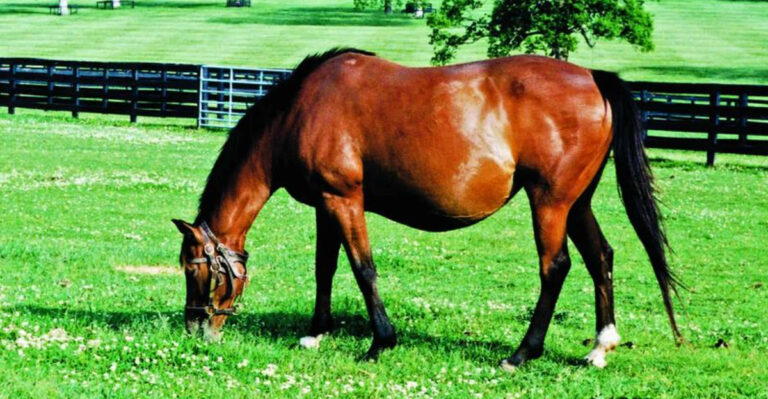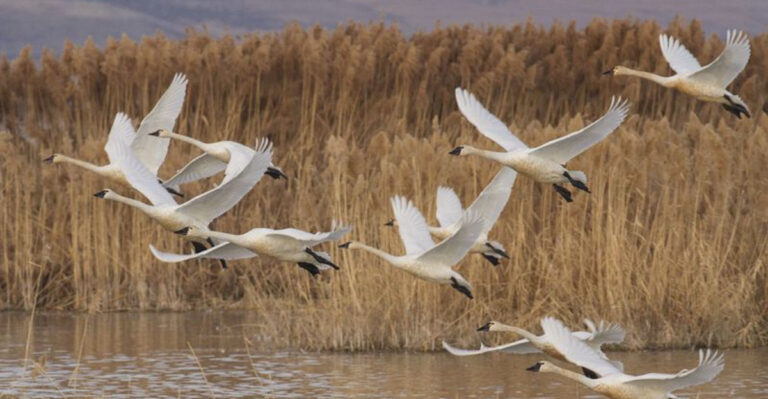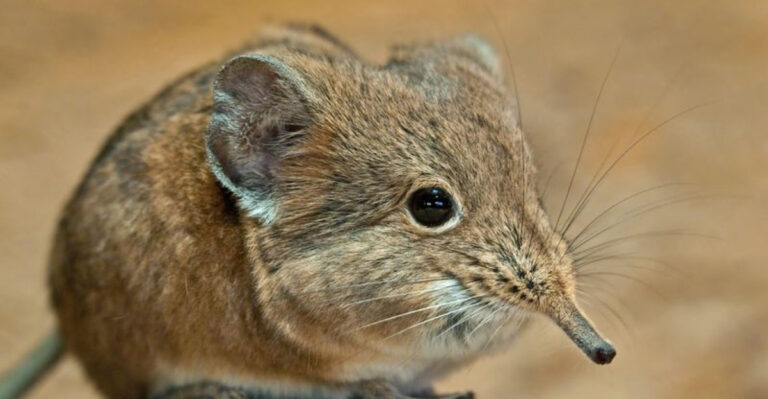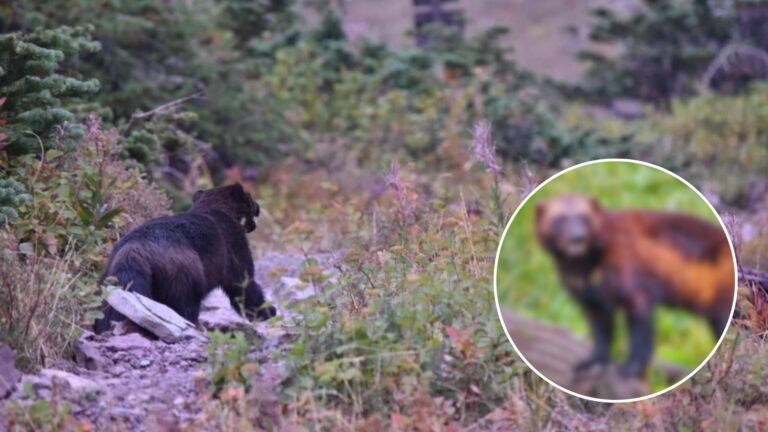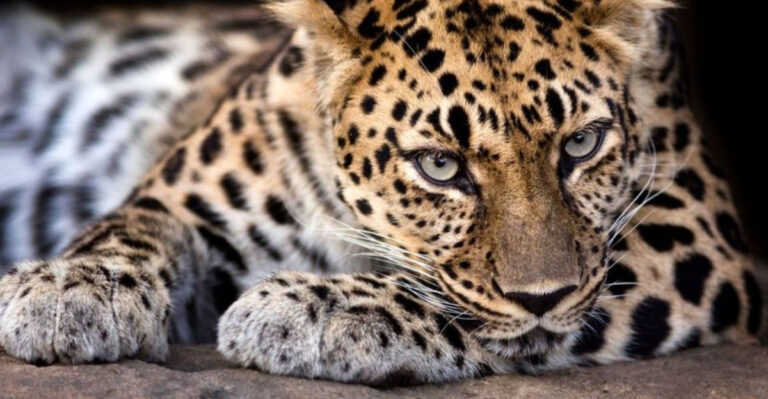These Are The 19 Smallest Mammal Species Ever Spotted In The U.S.
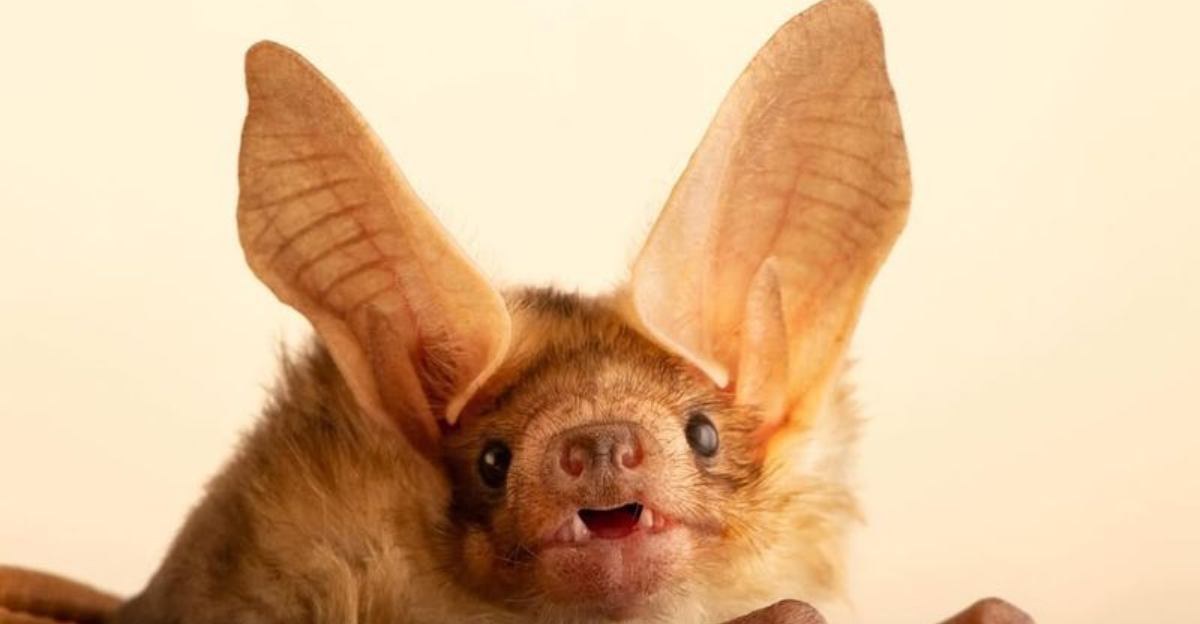
Prepare to embark on a captivating journey through the world of the tiniest mammals ever spotted in the United States. These creatures may be small in stature, but they pack a punch when it comes to charm and intrigue.
From the petite shrews to the diminutive bats, let’s explore these fascinating little inhabitants of the wild. Each section promises a fresh perspective and delightful insights, making this not just an educational read but an entertaining adventure into the miniaturized wonders of nature.
1. American Pygmy Shrew
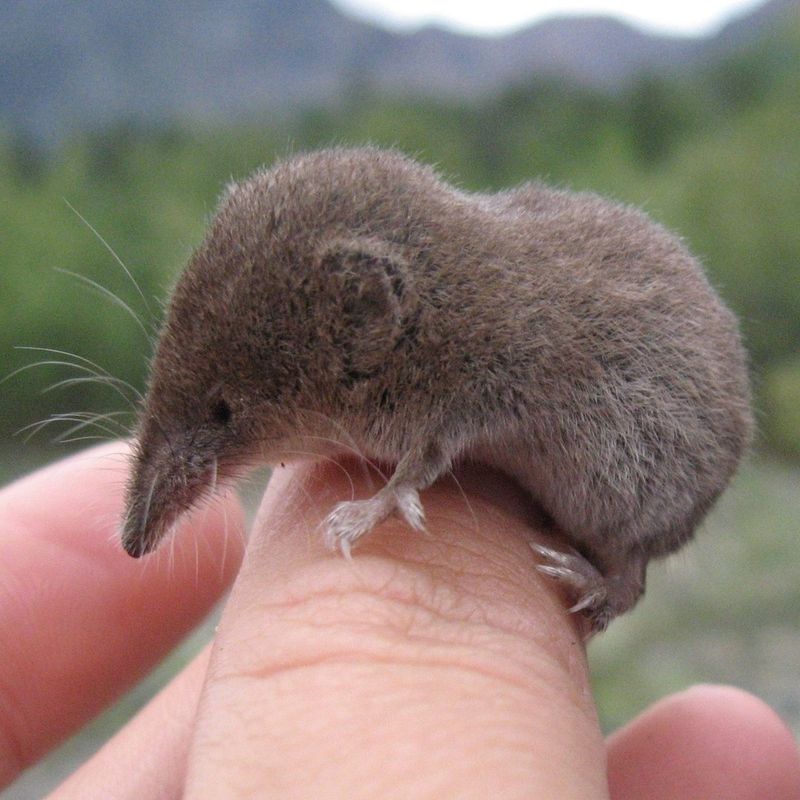
We kick off our tiny mammal parade with the American Pygmy Shrew, a creature so small it could easily nap in a thimble. These little dynamos weigh in at just about 2.5 grams, roughly the equivalent of a dollar bill! Despite their minuscule size, they have an insatiable appetite, munching through insects and worms with the enthusiasm of a jazz musician at an all-you-can-eat buffet.
Their life is a constant hustle, scuttling around forest floors with their noses to the ground like minuscule detectives on a whodunit case. You might think such a tiny being would lead a quiet life, but they live at full throttle. Their hearts beat over 1,000 times per minute—talk about living in the fast lane!
Their world is one of shadows and whispers, where survival depends on speed and stealth. These shrews remind us that in nature, being small doesn’t mean being insignificant.
2. Western Harvest Mouse
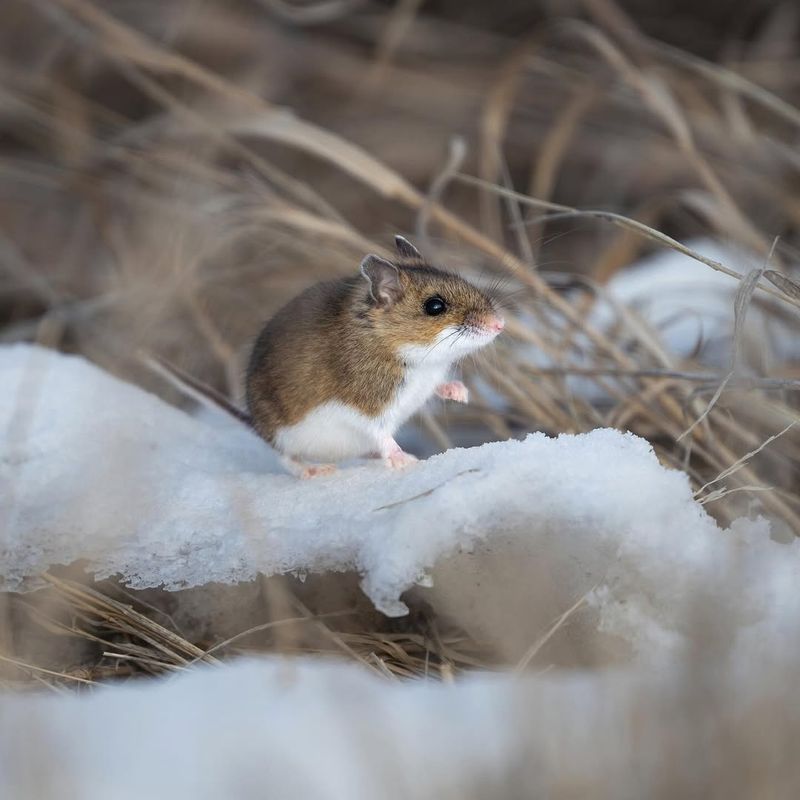
Moving along, we meet the Western Harvest Mouse, a pint-sized prowler of the prairies and grasslands. Weighing between 10 to 15 grams, they’re the featherweights of the rodent world, often mistaken for field mice but with a charm all their own.
These mice are the marathon runners of the mouse kingdom, with tails longer than their bodies, aiding their balance as they clamber through vegetation. They build complex nests of grass and twigs, more architectural marvel than mere mouse home.
While many mice stick to nocturnal schedules, Western Harvest Mice are opportunistic, foraging day and night. They nibble on seeds and grains, but won’t say no to the occasional insect snack. With their large, expressive eyes and twitching noses, they bring a touch of whimsy to the wild, embodying the spirit of adventure in every tiny step.
3. Least Weasel
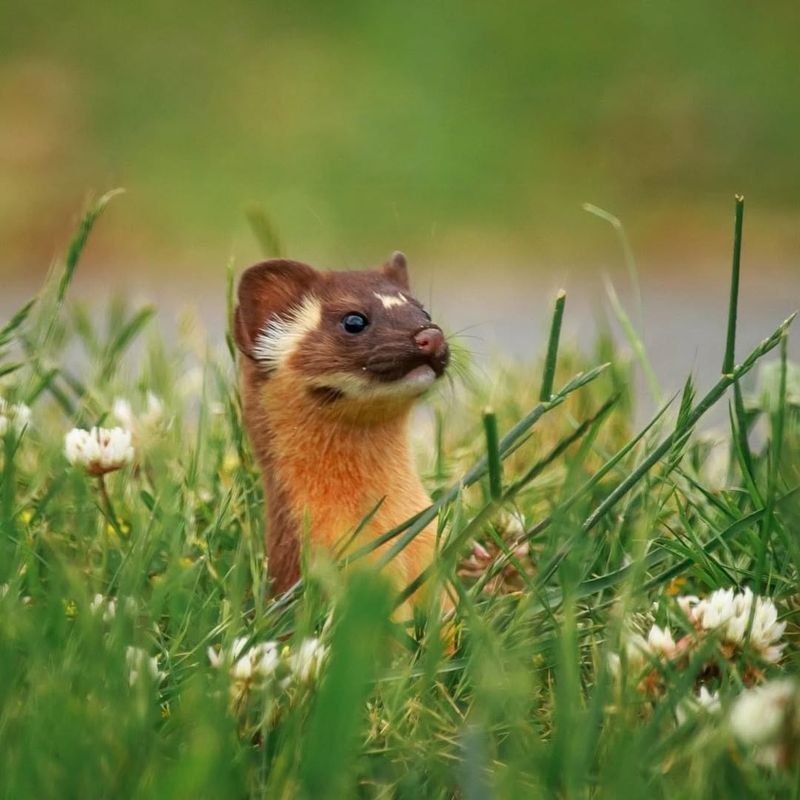
Ladies and gentlemen, meet the Least Weasel, the world’s smallest carnivorous mammal and a natural-born hunter. Weighing a mere 25 grams, they’re often lighter than a bunch of grapes, yet they’re mighty predators in their own right.
Their slender bodies are perfectly designed for navigating through burrows and crevices, allowing them to surprise their prey with ninja-like stealth. The Least Weasel’s diet is a carnivore’s delight, dining predominantly on small rodents.
Despite their fierce hunting prowess, these weasels are quite the fashionistas, changing their coats with the seasons. In winter, their fur turns snow-white, camouflaging them against the frosty landscape. This ability to adapt is key to their survival, proving that sometimes, the best defense is a good offense, and in their case, a stylish one too!
4. Pallid Bat
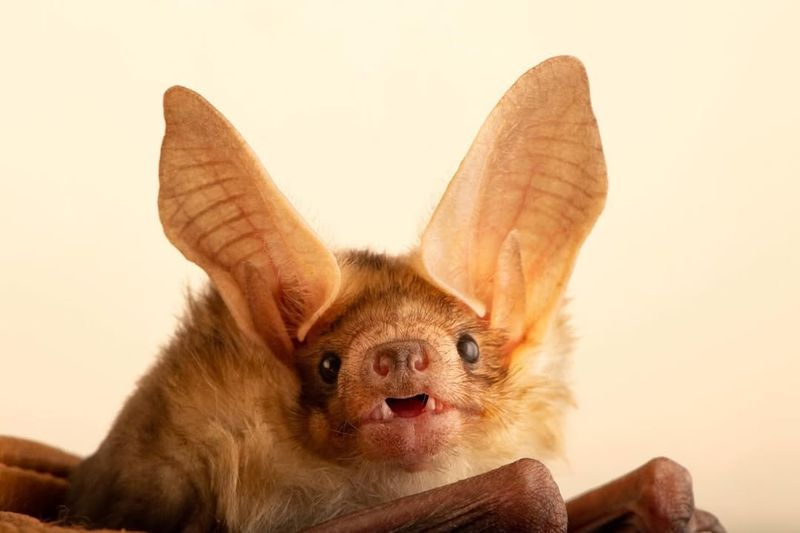
Hang on to your hats, because the Pallid Bat is swooping in to steal the spotlight! These nocturnal navigators weigh around 20 grams but have the wingspan of a creature far larger, stretching up to 15 inches from tip to tip.
They’re not just any bats; they’re the silent guardians of the night, hunting down insects and scorpions with sonar precision. With their large ears, they can hear the faintest of sounds, making them impeccable hunters of the darkness.
Despite their name, Pallid Bats are anything but dull. Their pale, almost ghostly appearance adds an air of mystery. While they might not be the typical cute and cuddly mammal, they’ve got charm aplenty, proving that sometimes, all it takes to stand out is a little night magic and a lot of flair.
5. Desert Cottontail
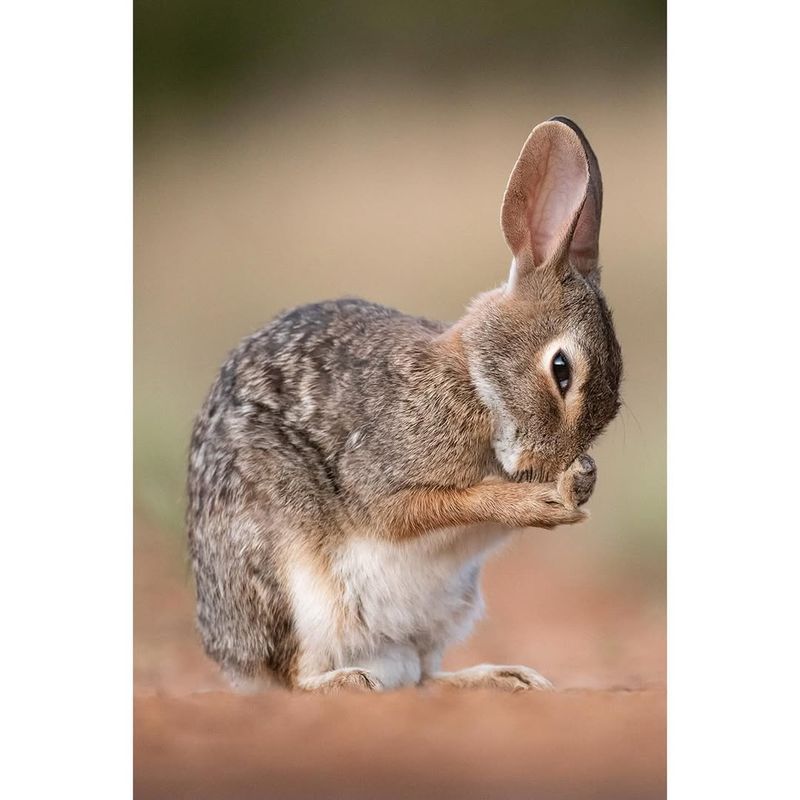
Next up in our tiny titans tour is the Desert Cottontail, a rabbit that blends into the arid landscapes of the American Southwest like a grain of sand in the desert. Weighing in at around 1 kilogram, they’re the small fry of the bunny world.
Their large ears are not just adorable but also functional, helping to regulate their body temperature amidst the sweltering heat. These cottontails are the original “hop, skip, and a jump” experts, avoiding predators with their zig-zag escape maneuvers.
They feed primarily on grasses and herbs, nibbling their way through the desert like tiny vegetative connoisseurs. Their fluffy white tails are more than just cute—they’re a signal system, flashing a warning to others when danger is near. Who knew that being a rabbit could be so high-tech?
6. Eastern Mole
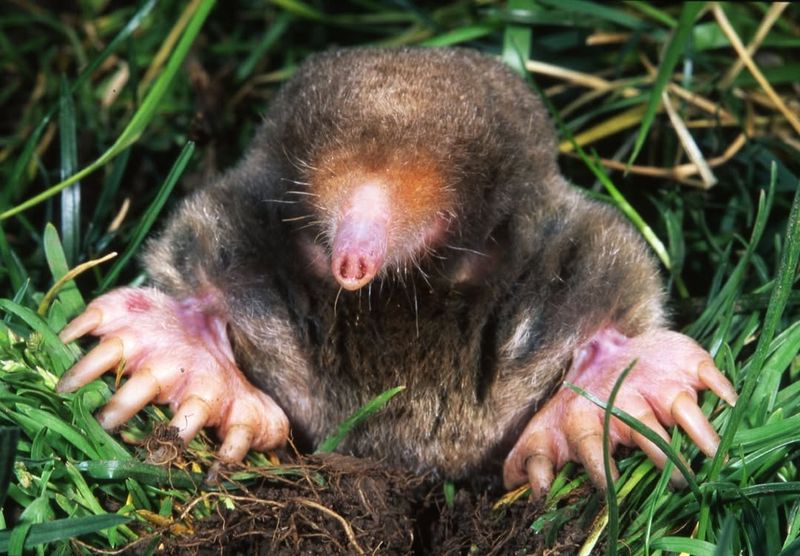
Let’s dig a little deeper with the Eastern Mole, a subterranean architect of the mammalian kind. These creatures are perfectly suited for life underground, with velvety fur and powerful forelimbs that make burrowing a breeze.
They might weigh up to 130 grams, but every gram is muscle crafted for the task of tunneling. Their diet is as underground as they are, consisting mostly of earthworms and insects, making them nature’s pest control experts.
Their tiny eyes and ears are a testament to their tunnel vision lifestyle—literally! Eastern Moles live in a world without sunlight, relying on their sense of touch to navigate the labyrinthine passages they create. In the grand scheme of things, they remind us that sometimes the most profound lives are led out of sight, but never out of mind.
7. Bighorn Sheep
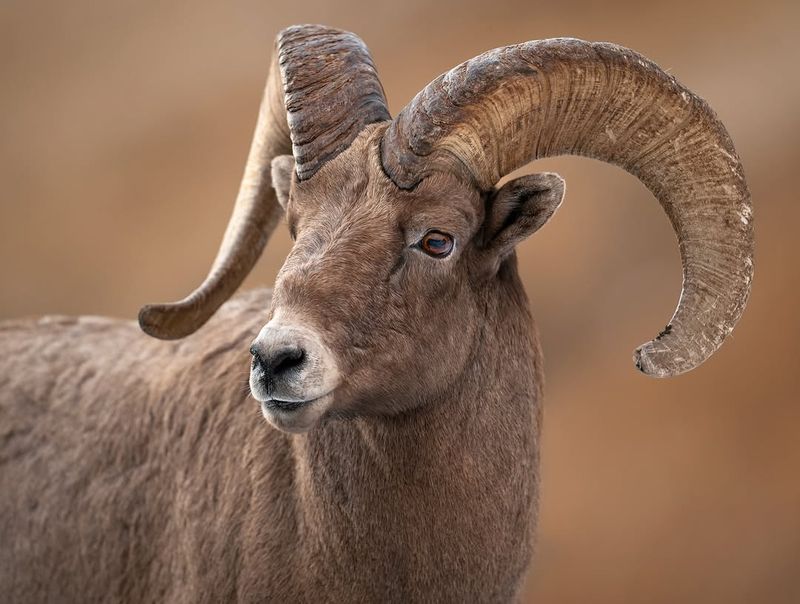
Scaling the heights of our list, we encounter the Bighorn Sheep, not exactly small by most standards, but among the lesser giants of the mammalian community in this context. Young Bighorns can weigh around 30 kg, but it’s their agility and habitat that earn them a spot here.
These sheep are the acrobats of the animal kingdom, gracefully leaping across rocky terrains and sheer cliffs with the ease of seasoned mountaineers. Their thick coats and impressive horns are more than just fashion statements—they’re essential for survival in the harsh mountain climates.
Despite their robust appearance, young Bighorn Sheep are vulnerable and must quickly learn to navigate their precarious environment. Their horns, which are their defining feature, begin to grow early and are used in impressive head-butting contests to establish dominance. These sheep are truly the rock stars of their realm, living life on the edge!
8. Northern Short-Tailed Shrew
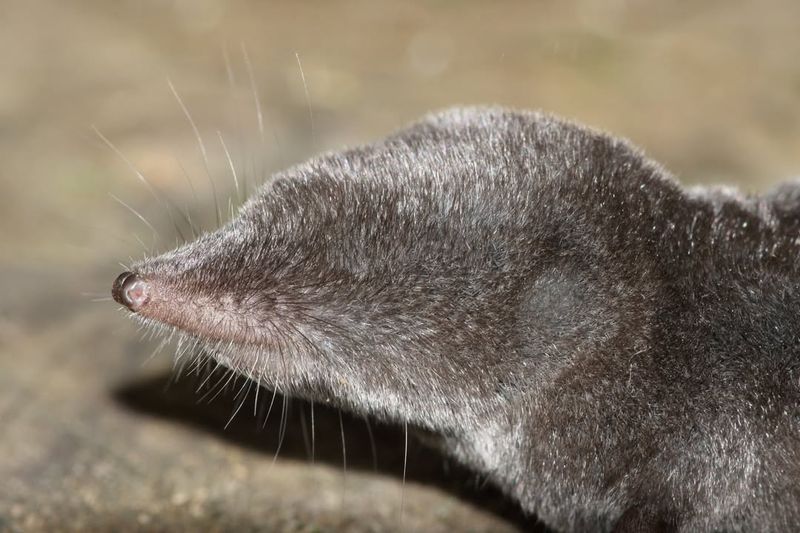
Occupying the next spot is the Northern Short-tailed Shrew, a small but formidable presence in the woodland ecosystem. At around 20 grams, they pack a surprising punch with their venomous bite, unique among North American mammals.
Their days are a blur of activity, as these shrews are constantly on the move, driven by a need for food that rivals a teenager’s snack cravings. Their diet includes insects, worms, and even small mammals, making them the ultimate survivalists.
Despite their diminutive size, Northern Short-tailed Shrews are equipped with a metabolism that’s off the charts, requiring them to eat frequently to sustain their energy levels. Their presence in the forest is a reminder of nature’s balance, where even the smallest creatures play a crucial role in the grand tapestry of life.
9. Eastern Pipistrelle
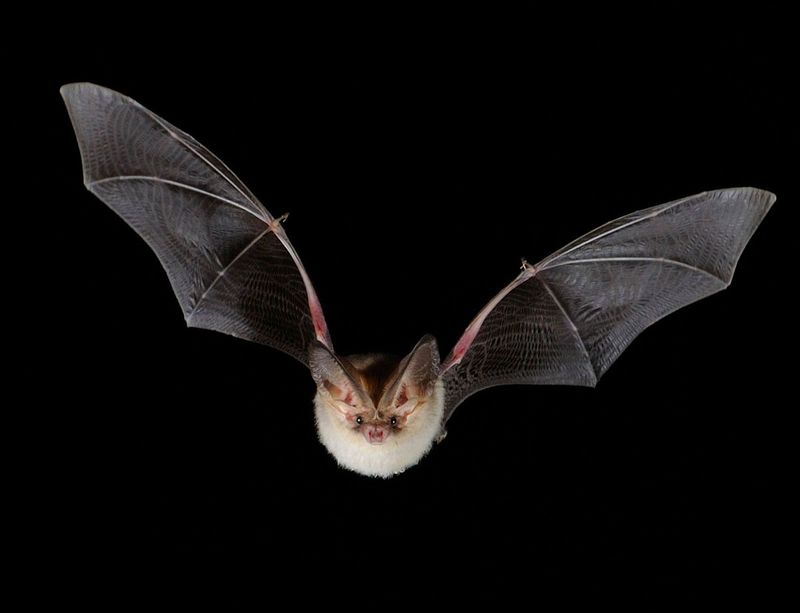
Now, let’s shift our gaze skyward to the Eastern Pipistrelle, a bat that flits through the evening air like a whisper on the breeze. Weighing in at just 6 grams, they’re the featherweights of the bat world but carry the gravitas of a seasoned aerial performer.
Their wings are delicate yet powerful, allowing them to maneuver through the sky with agility and grace. Feeding on insects, these bats play a vital role in controlling pest populations, making them unsung heroes of the night.
Eastern Pipistrelles are solitary creatures, often roosting alone or in small groups, weaving a tapestry of flight in the twilight hours. Their presence is a gentle reminder of the wonders that unfold when most of the world is asleep, where the night becomes a stage for nature’s most graceful dancers.
10. Pygmy Rabbit
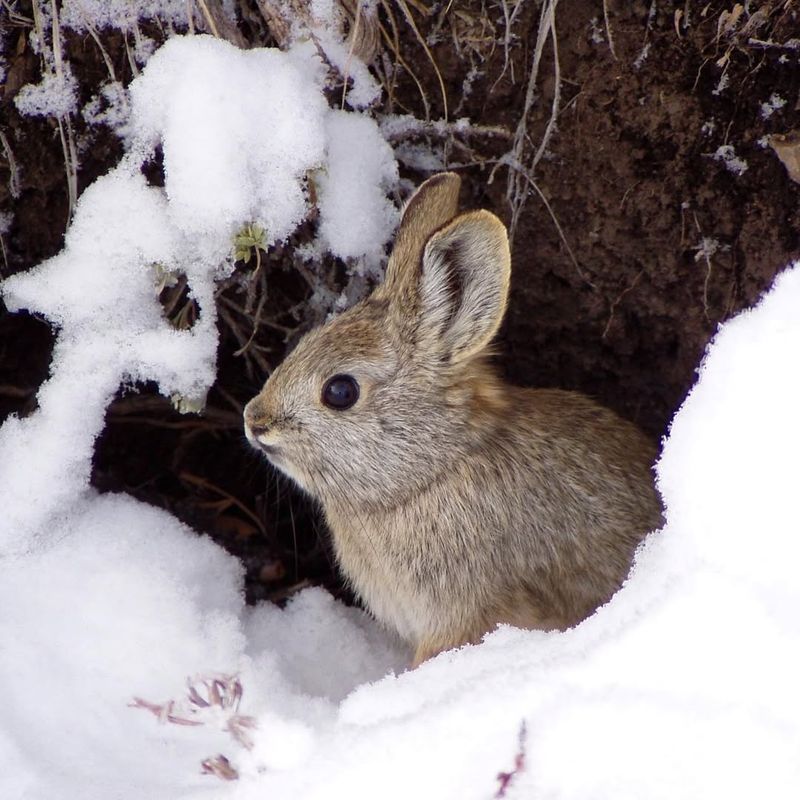
In the sagebrush sea of the American West resides the Pygmy Rabbit, the smallest rabbit species in North America. Weighing just 400 grams, they’re the epitome of the phrase “good things come in small packages.”
These rabbits are masters of camouflage, perfectly blending into their environment with their soft gray fur. They live in burrows, avoiding predators by staying close to the ground and relying on the dense sagebrush for cover.
Their diet is quite specialized, consisting mainly of sagebrush, which provides both nutrition and shelter. Pygmy Rabbits are a testament to the adaptability of life, thriving in a challenging habitat with grace and resilience. Their petite presence adds a touch of understated elegance to the wild landscapes they call home.
11. Little Brown Bat
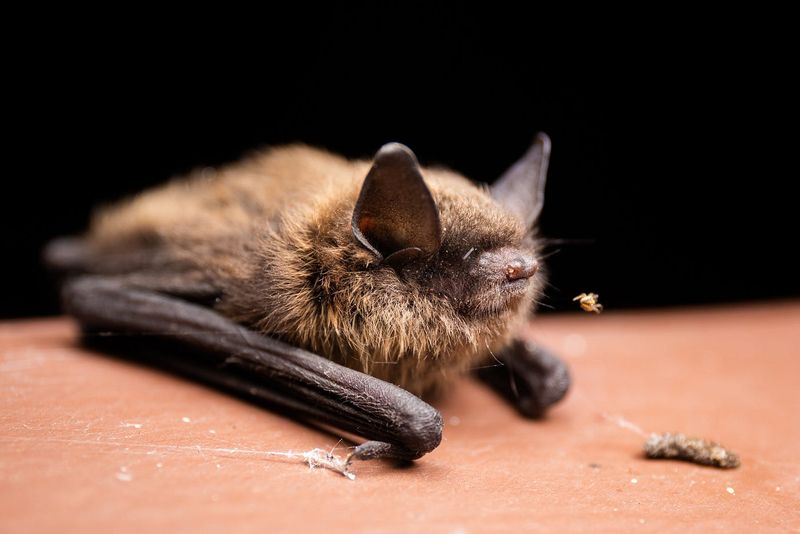
Hanging in the balance of our list is the Little Brown Bat, a creature that weighs a mere 9 grams, yet commands a significant presence in the ecosystems they inhabit. These bats are the quintessential insect-eaters, helping to keep bug populations in check.
Their small size belies their importance, as each night they consume vast quantities of mosquitoes and other pests, making them invaluable allies in our natural surroundings. Their echolocation abilities are a marvel of nature, allowing them to navigate and hunt with precision.
Little Brown Bats roost in colonies, creating a bustling community of aerial acrobats. Their upside-down world is one of intricate social structures and cooperation, a reminder that even in the animal kingdom, teamwork makes the dream work. Their presence is a testament to the delicate balance of life, where even the smallest players have a vital role.
12. Merriam’s Pocket Mouse
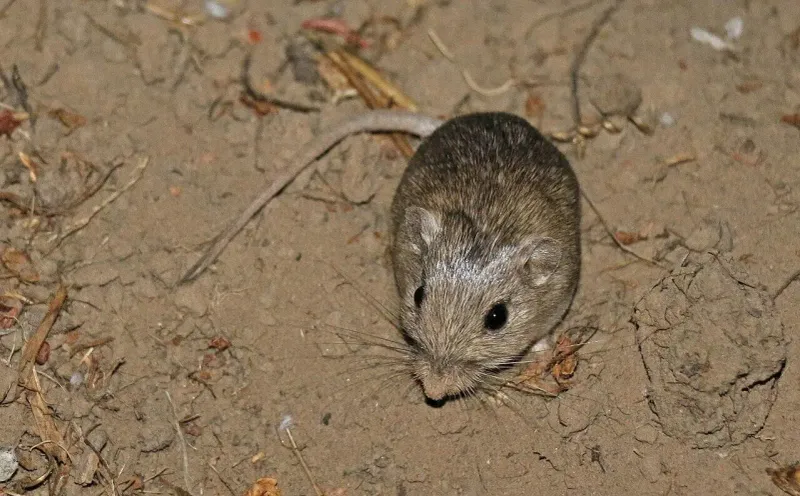
Among the sands and cacti of the desert, the Merriam’s Pocket Mouse makes its unassuming home. Tipping the scales at a mere 8 grams, these tiny mice are the desert’s version of a pocket-sized dynamo.
Their name comes from the fur-lined cheek pouches they use to carry food back to their burrows, a feature that’s both adorable and practical. They live with economy in mind, staying underground during the day to conserve moisture and energy.
Their diet is as minimalistic as their lifestyle, consisting mainly of seeds and grains. Merriam’s Pocket Mice are solitary creatures, navigating the desert night with quiet determination. They teach us that sometimes, the smallest creatures can navigate the harshest environments with grace, proving that size is but a number in the game of survival.
13. Ornate Shrew
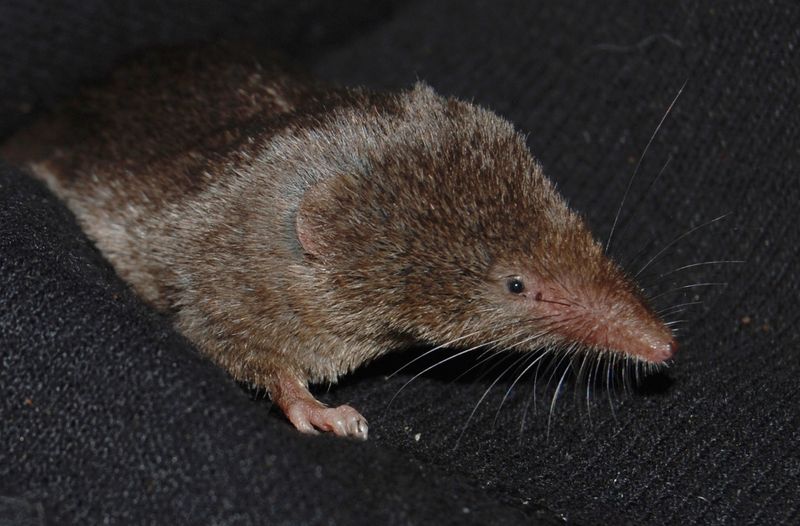
As we delve deeper into the world of the tiny, the Ornate Shrew makes its appearance with a flourish of intricate fur patterns and a heart full of tenacity. Weighing just 5 grams, these shrews are small but mighty defenders of their ecosystem.
Their fur is a delicate mosaic of browns and grays, a natural camouflage that keeps them hidden from predators. These shrews are voracious insectivores, consuming up to three times their body weight daily to fuel their hyperactive lifestyles.
Ornate Shrews are solitary by nature, their lives an unending quest for sustenance and survival. They remind us that the smallest details can hold the greatest beauty and that every creature, no matter its size, plays a pivotal role in the dance of life.
14. Nine-Banded Armadillo
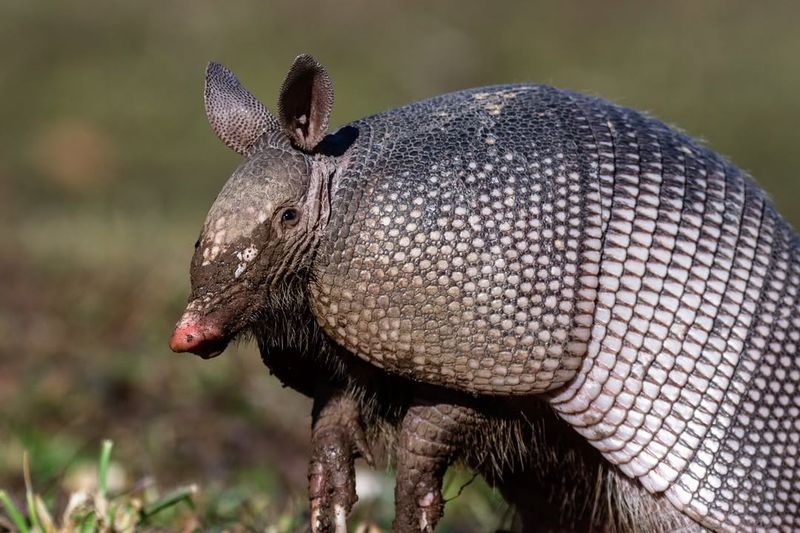
Rolling into our lineup is the uniquely charming Nine-banded Armadillo. While adults are not particularly small, young armadillos weigh around 800 grams and offer an intriguing glimpse into the armored wonders of nature.
These creatures are best known for their protective shells, a built-in suit of armor that provides defense against predators. They have a penchant for digging, using their claws to unearth insects and roots, making them nature’s little excavators.
Despite their armored appearance, young armadillos are surprisingly nimble, exploring their surroundings with curiosity and vigor. Their presence reminds us that nature is full of surprises, where even the most unassuming animals can have a remarkable impact on their ecosystems.
15. Southern Red-Backed Vole
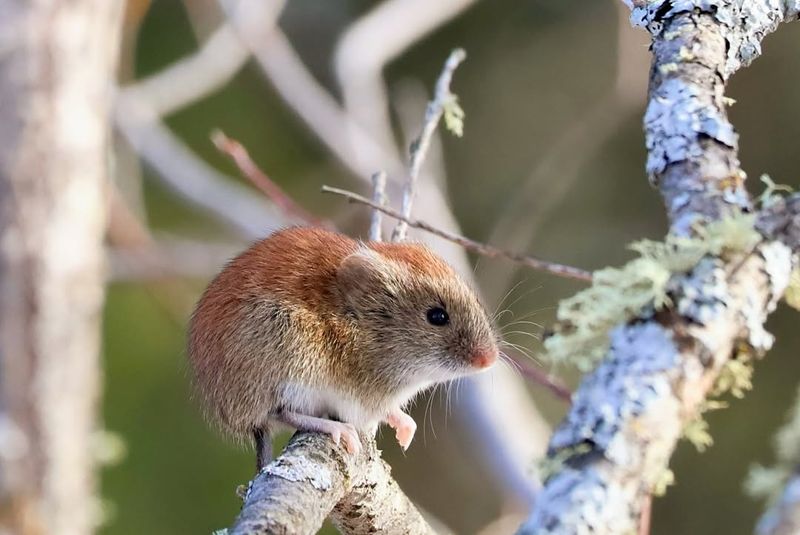
Nestled in the understory of North America’s forests, the Southern Red-backed Vole is a tiny but vital player in the woodland symphony. Weighing around 20 grams, they’re the unsung heroes of the forest floor.
Their diet consists primarily of seeds, fruits, and fungi, making them essential for seed dispersal and maintaining the balance of their habitat. These voles are the gardeners of the wild, with a penchant for creating networks of trails as they forage.
With their reddish-brown fur and inquisitive nature, Southern Red-backed Voles are a reminder of the subtle beauty that exists in every corner of the natural world. Their presence underscores the interconnectedness of life, where even the smallest creatures contribute to the greater ecological picture.
16. Western Small-Footed Bat
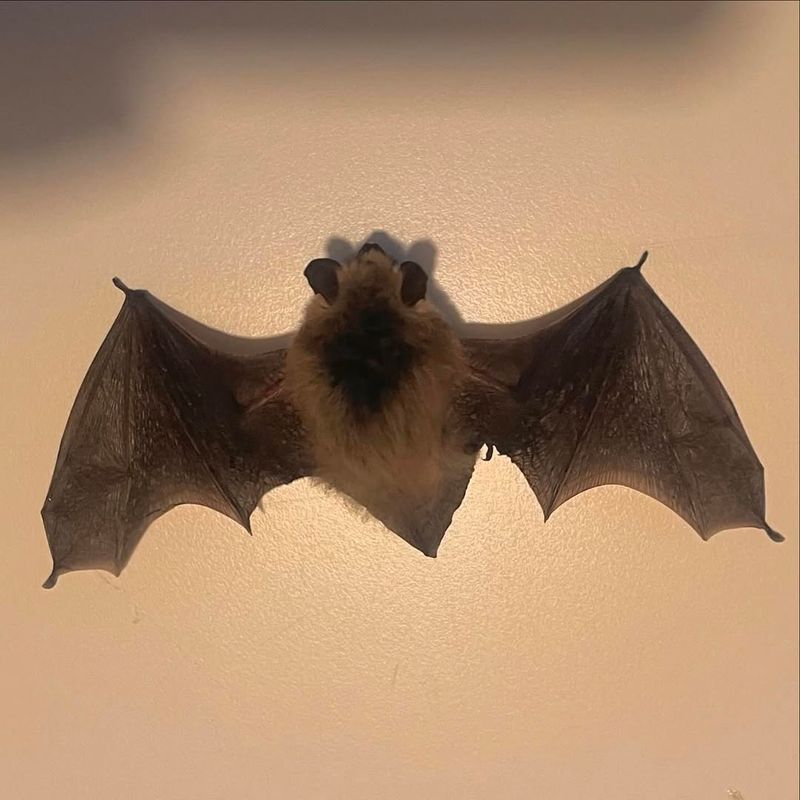
Perched precariously on our list is the Western Small-footed Bat, a delicate flyer of the night skies. Weighing a mere 4 grams, they’re among the smallest of the bat family, yet they carry themselves with the grace of much larger kin.
Their small feet are perfectly adapted for clinging to tree branches and rock crevices, providing safe havens during daylight hours. At night, they take to the skies, hunting insects with precision and agility.
Western Small-footed Bats are solitary and elusive, their presence a whisper in the wind. They embody the idea that strength doesn’t always come from size, but rather from the ability to navigate the world with finesse and adaptability. Their story is one of quiet resilience, flying under the radar yet making a significant impact on their environment.
17. Northern Flying Squirrel
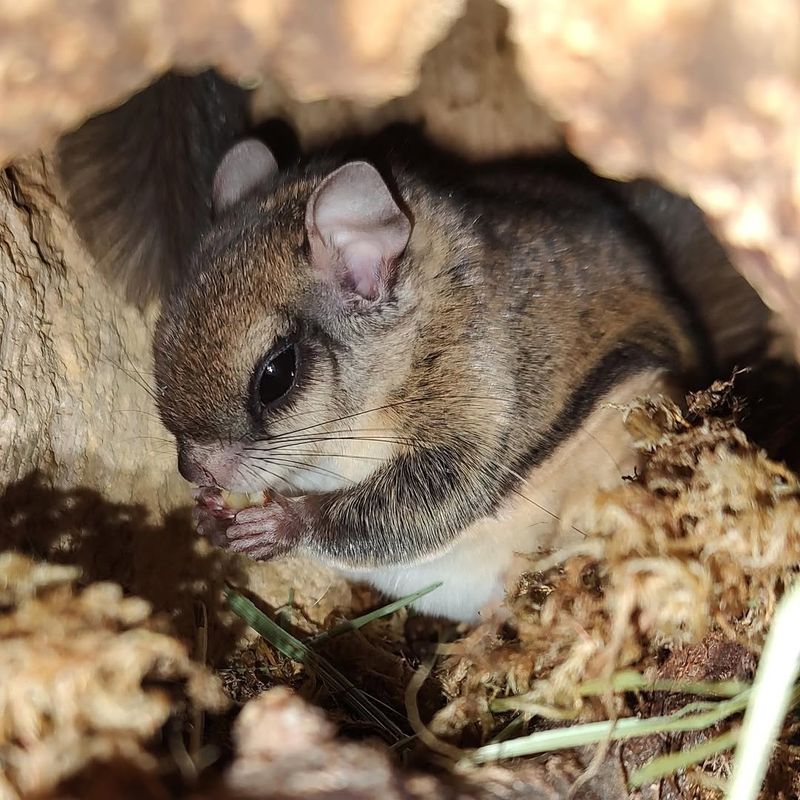
Soaring through the canopy is the Northern Flying Squirrel, a creature that transforms the forest into its personal playground. Though they can weigh up to 150 grams, their gliding ability makes them appear as light as a feather.
These squirrels don’t actually fly, but glide gracefully from branch to branch using a furry membrane that stretches between their limbs. This unique adaptation allows them to cover surprising distances, escaping predators and finding food with ease.
Their large, expressive eyes and soft gray fur make them a favorite among wildlife enthusiasts. Northern Flying Squirrels are nocturnal, adding a touch of magic to the night as they glide silently through the trees. They remind us that in nature, sometimes the most extraordinary journeys are taken under the cover of darkness.
18. Mexican Free-Tailed Bat
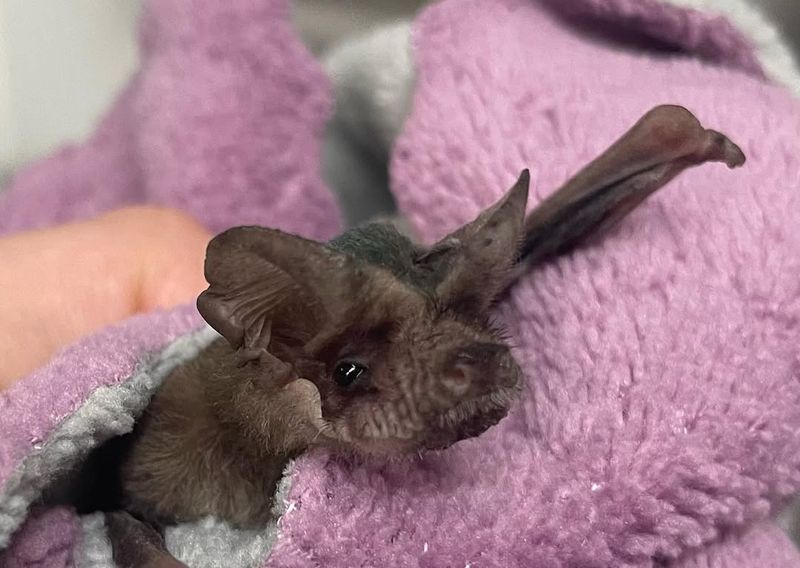
Next in our lineup of diminutive dynamos is the Mexican Free-tailed Bat, a high-speed aerial navigator that zips through the skies with remarkable agility. Weighing around 12 grams, these bats are built for speed.
Their streamlined bodies and long, narrow wings make them some of the fastest flying mammals, reaching speeds of up to 60 miles per hour. They thrive in urban areas, where they feast on insects attracted to city lights.
Despite their name, these bats are found across much of the United States, adding an element of surprise to their moniker. Mexican Free-tailed Bats are a reminder of the unexpected wonders of the animal kingdom, where even the smallest creatures can perform feats that defy belief.
19. Masked Shrew
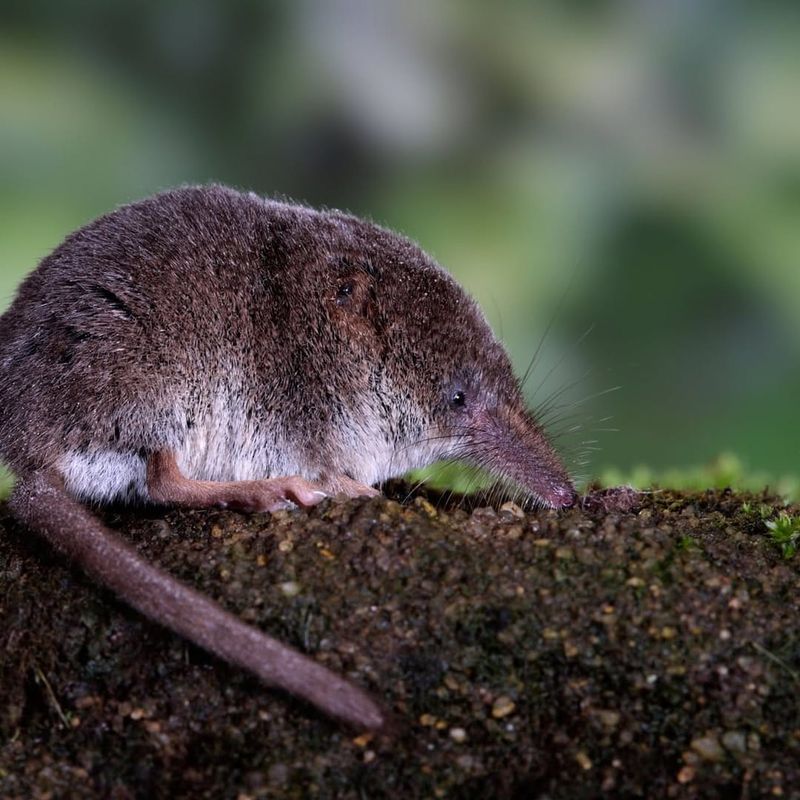
Swiftly moving through the undergrowth, the Masked Shrew is a tiny dynamo of the northern forests. At a mere 5 grams, they are among the smallest mammals, yet their activity levels are nothing short of astounding.
Named for the faint mask-like markings on their faces, these shrews are constantly on the hunt for insects and small invertebrates, consuming nearly their body weight daily. Their high metabolism requires them to remain in perpetual motion, a living embodiment of “hustle.”
Masked Shrews navigate their world with a keen sense of smell and touch, exploring the forest floor with determination and speed. They demonstrate that in the grand mosaic of life, even the smallest tiles are vital to the complete picture. Their story is one of persistence and survival, thriving in habitats that challenge their every move.

